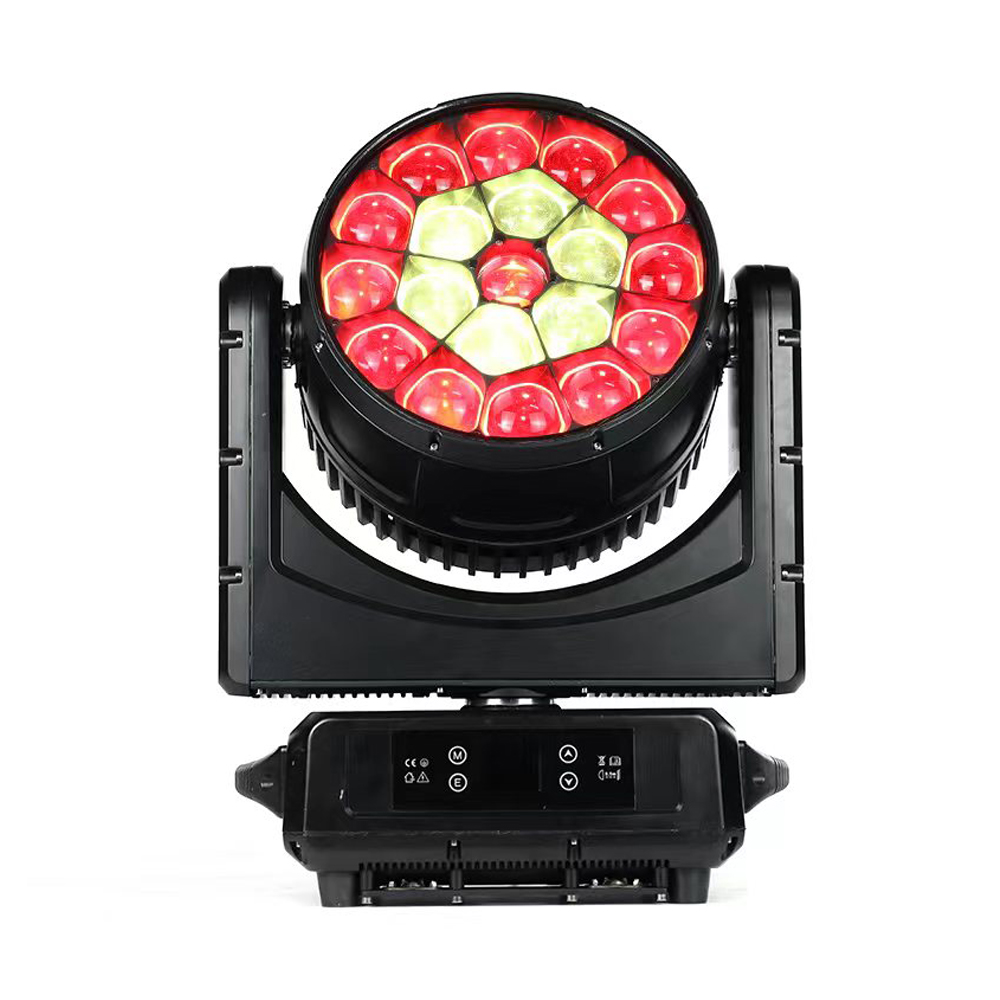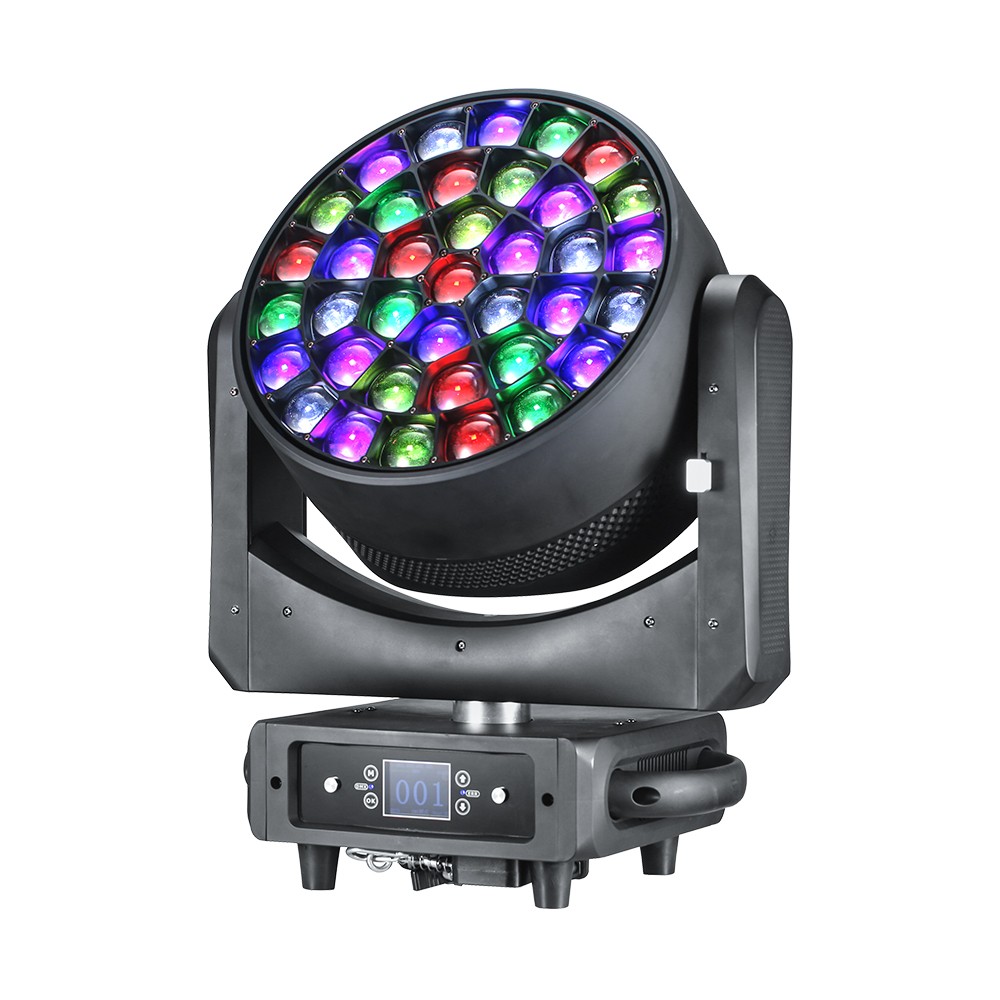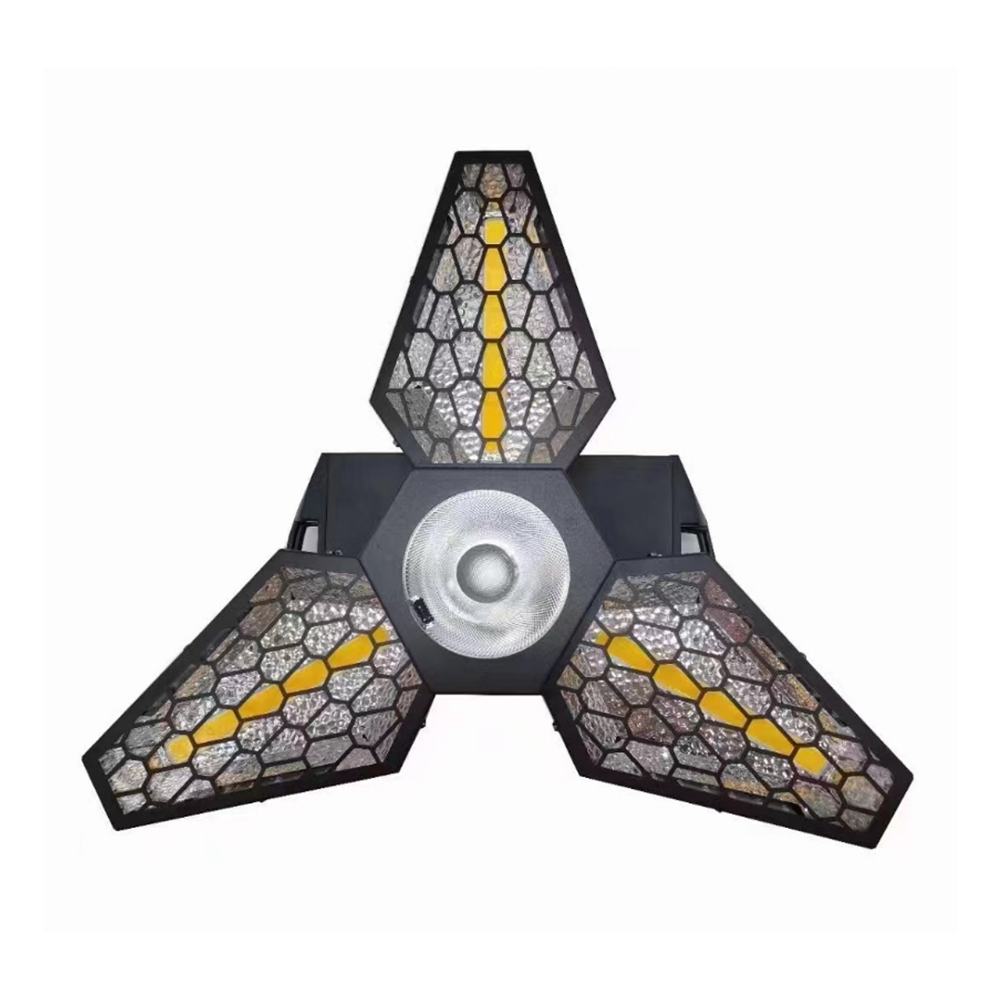The Importance of Stage Lighting
Date: 2024-01-19 Categories: Industry News Hits: 822
Stage lighting is one of the most important aspects of any play. Even with a great script and exceptional actors, poor stage lighting could end up ruining everything. A play is not like a book where the reader has to use their imagination to bring the story to life. The production crew is responsible for bringing the story to life. Besides the actors, costumes, and scenery, stage lighting is another important element in bringing the story to life. Stage lighting can change the feel of a production.
Why is stage lighting important?
Getting a good stage lighting for any audio-visual production should not even be up for debate. Here’s why you should go to any length to ensure you have excellent stage lighting;
1. Ensure visibility
The action that takes place on the stage will only make sense if the audience can see what is happening. The primary role of stage lighting is to ensure that there is visibility and the audience can see the actors and what they are doing on stage.
2. Set the mood on stage
Stage lighting is mostly used to set the mood and tone for scenes during a performance. In most instances, natural lighting is used to give the scene a sense of normalcy. Dark lighting is often used for somber and unsettling scenes while bright lighting portrays positivity. A multitude of lights or flashing lights can be used for high energy scenes.
3. Portray emotions
Stage lighting can also be used to make the audience feel the emotions in the play. For example, blue lighting could be used for sad scenes.
4. Draw the performers into the foreground
Lighting can also be used to emphasize the role of the main performer by having a subtle spotlight on them. When artistically employed, lighting could make the actors seem larger than life and set them apart from the rest of the stage.
5. Portray elements in the play
Good lighting setup can be used for effects such as rain, and storm among others and improve their believability. For example, thunderstorm scenes can have flashing lights.
6. Enhance the sound experience
The audience’s sound experience can be greatly enhanced by the right use of lighting effects. It will ensure that the audience enjoys a captivating performance. Music performers understand how good lighting can revolutionize their performance.
7. Establish the setting of the performance
Lighting will be able to tell your audience the setting of the play. Through the lighting, they will be able to tell whether the play takes place in an indoor or outside environment, the time of the year, and the time of the day. Lighting can also be used to establish the period in which the play takes place. For example, dim lighting can be used to indicate the stone age when there was minimal man-made lighting.
8. Offer emphasis whenever necessary
You can use stage lighting to direct your audience’s attention to an aspect of the performance you want them to pay attention to. That way, they will be able to see the performance from your perspective, the way you want them to. Stage lighting can be used to highlight a piece of artwork or an architectural feature.
Types of stage lighting fixtures
There are very many fixtures that are used for stage lighting. However, some of the most common fixtures include the following:
Ellipsoidal Reflector Spotlight light
The Ellipsoidal Reflector Spotlight (ERS) is a narrow beam angle light that is used to highlight given subjects or pieces on the stage. Multiple units are used to draw the audience’s attention to a given aspect of the performance. ERS lights come with adjustable focus, and the production team can place gobos in them to project a logo or patterns.
Parabolic reflectors
Parabolic reflectors (PAR) are often used as wash fixtures. They wash the entire stage or cover the larger parts of the stage that are not covered by the ERS. While PAR does not offer any focus or zoom option, they have a variety of lenses for different beam angles. PAR is the most common type of stage lighting fixture. It is also very cost-effective.
Fresnel light fixtures
Compared to ERS lights, Fresnel lights are much softer. Unlike the ERS, it does not offer much in terms of focus although it has a zoom feature. Fresnels are mostly used when there is a need for adjustable optics because lighting fixtures cannot be hanged in an optimum place.
Moving head light fixtures
Moving head light fixtures are the most versatile lighting fixtures and will give you the freedom to take the performance to a higher level. They offer variety in terms of the beam angle range. You can have a beam (the narrowest), wash (the widest), spot (a little wider than beam though narrower than wash), or hybrid (a combination of the former three beam angles). Besides other functionalities, moving head fixtures also have movement, color capabilities, and gobo patterns.
How to place your lighting fixtures
While where you place your lighting fixtures will depend on several factors such as the ceiling height, desired look, weight of the fixtures, and their throw distance, here are four ways in which you could place your fixtures;
1. Single-point lighting
If you want to work with something simple, then you should go for single-point lighting. Single-point lighting is used to create a natural look on stage and for dramatic effect. It is also used to draw attention to a subject on the stage, though it can also give an actor a flat, two-dimensional look on the stage. Single-point lighting is usually done from the front of the stage.
2. Two-point lighting
Two-point lighting is almost similar to single-point lighting, though it offers a three-dimensional look to the actors on stage. Light comes from both the front and behind the subject. The light from behind is often of a different color from that of the front. The purpose of this is to add dimension and give the subject a sculpted look. The light from behind should stay out of the audience’s eyes.
3. Three-point lighting
This type of lighting is mostly used for live productions such as keynote presentations and public speaking. It reduces shadows on stage. Two lights are used from the front and a third from behind.
4. Four-point lighting
When shooting a video of a performance, it is advisable to use four-point lighting for the stage. It eliminates shadows on the stage. Three lights are placed on the front and the fourth one from the back. You will, however, have to modify the intensity of the front lights for a well-blended look. You can also create stage depth by adding more lights to the backdrop or use wash colors for the back of the stage.
How to get the best of stage lighting
To be able to bring your performance to life, you will need to effectively and efficiently employ stage lighting. Here are a few tips to help you get the best of your stage lighting;
Safety first
Always put safety at the forefront when hanging lighting fixtures. Always ensure that you get the right equipment for the stage lighting and that the job is handled by professionals. Stick to the specifications by the fixture manufacturer and attach all fixtures to a steel pipe or truss. Nothing will ruin your performance than a fixture falling on the performers or an actor tripping on a fixture cable.
Coordination
Even after setting up, the lighting designer will need to work in coordination with the stage director for a seamless production. The transition from one form of lighting to another by following the scenes should be smooth and unnoticeable to the audience. The light operator should be able to move from dark scenes to bright scenes seamlessly. Good coordination will bring the play into life without any struggle.
Budget
Stage lighting should not be treated as an after-thought when budgeting for a performance. It should be given enough consideration and the budget should be sufficient to ensure that it is nothing short of spectacular.
Keep it real
Just because you have the resources does not mean that you should throw everything into stage lighting. It is important to be realistic and keep it real so that you don’t lose your audience. Stage lighting is intended to bring the performance to life, not become the main focus for the audience. Lighting should be used for effectiveness and efficiency.
Get an expert for your stage lighting needs
You now understand why you shouldn’t take a gamble with your stage lighting. You need to have the right equipment and have expert hands that are experienced in stage lighting to handle everything. At American Audio Visual, we will give you the best stage lighting production you will ever get. We have been doing it for over 40 years, and we guarantee a valuable experience. Stage lighting no longer has to stress you. Contact us for a quote, or give us a call on 407-888-8300 to speak to an expert.

 Bright Top 3000MW 6 eye full c...
Bright Top 3000MW 6 eye full c...  Bright Top 1000MCL 1000 Cuttin...
Bright Top 1000MCL 1000 Cuttin...  Bright Top 4020LCD 40pcs 20W 4...
Bright Top 4020LCD 40pcs 20W 4...  Bright Top 6000ST 1500W Outdoo...
Bright Top 6000ST 1500W Outdoo...  Bright Top 1925HC High CRI 19p...
Bright Top 1925HC High CRI 19p...  Bright Top 3725HC High CRI 37P...
Bright Top 3725HC High CRI 37P...  Bright Top 1925 19PCS 25W Movi...
Bright Top 1925 19PCS 25W Movi...  Bright Top 150ZM 150W Zoom LED...
Bright Top 150ZM 150W Zoom LED...  Bright Top 760BE 7pcs 60W 4in1...
Bright Top 760BE 7pcs 60W 4in1...  Bright Top 1940BE 19x40w IP65 ...
Bright Top 1940BE 19x40w IP65 ...  Bright Top 3740BE 4in1 Bee Eye...
Bright Top 3740BE 4in1 Bee Eye...  Bright Top 714IST RGB LED Stro...
Bright Top 714IST RGB LED Stro...  Bright Top 1080ST Outdoor LED ...
Bright Top 1080ST Outdoor LED ...  Bright Top 400W star pulse str...
Bright Top 400W star pulse str...  Bright Top MST3000 1000W RGB L...
Bright Top MST3000 1000W RGB L...  Bright Top 2000ST 1500W Outdoo...
Bright Top 2000ST 1500W Outdoo...  Bright Top 1218BOP 12*18W 6IN...
Bright Top 1218BOP 12*18W 6IN...  Bright Top 618OBP 6 APP BATTER...
Bright Top 618OBP 6 APP BATTER...  Bright Top 1810P 18X10W RGBW 4...
Bright Top 1810P 18X10W RGBW 4...  Bright Top 910P 9X10W RGBW 4in...
Bright Top 910P 9X10W RGBW 4in...  Bright Top 1210P 12X10W RGBW ...
Bright Top 1210P 12X10W RGBW ...  Bright Top 600BB IP65 2pcs 300...
Bright Top 600BB IP65 2pcs 300...  Bright Top Matrix 300
Bright Top Matrix 300  Bright Top 400MAB
Bright Top 400MAB  Bright Top 180 Mobile bar ligh...
Bright Top 180 Mobile bar ligh...  Bright Top 1818LC 18X18W RGBWA...
Bright Top 1818LC 18X18W RGBWA...  Bright Top 360FY Infinite rota...
Bright Top 360FY Infinite rota...  Bright Top N 1500C
Bright Top N 1500C  Bright Top MB-100 BUBBLE MACHI...
Bright Top MB-100 BUBBLE MACHI...  Bright Top MS-1300 Snow Machin...
Bright Top MS-1300 Snow Machin...  Bright Top 2FC FC02
Bright Top 2FC FC02